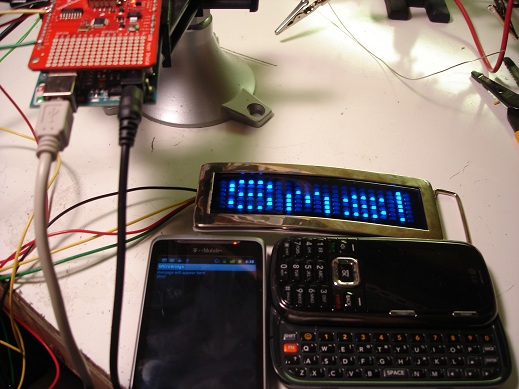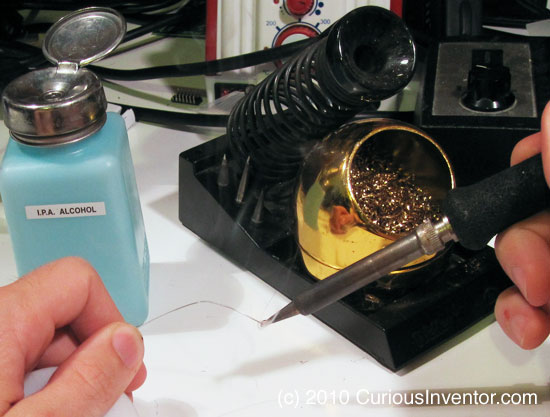This project utilizes a Raspberry Pi Zero, servo, camera, and OpenCV python library.
Parts:
Pi Zero W (with wireless): https://www.adafruit.com/product/3708
PWM Servo bonnet: https://www.adafruit.com/product/3416
Servo: https://www.adafruit.com/product/2307
USB to Barrel Jack cable: https://www.adafruit.com/product/2697
Pi NoIR Camera (camera without an IR filter that’s better at night): https://www.adafruit.com/product/3100
camera cable that fits Pi Zero: https://www.adafruit.com/product/3157
USB Hub: https://www.adafruit.com/product/2991
mini HDMI to regular HDMI adapter: https://www.adafruit.com/product/2819
BYOS (bring your own skeleton)




